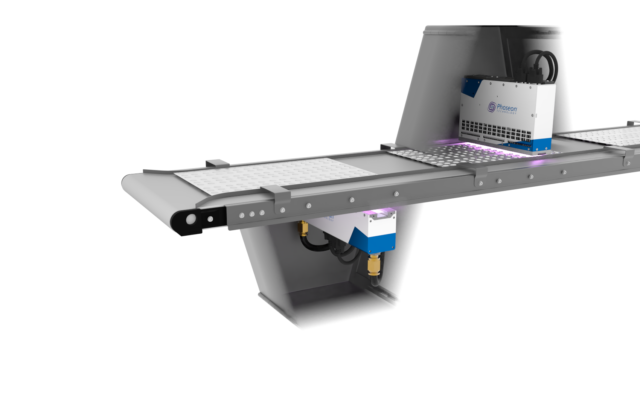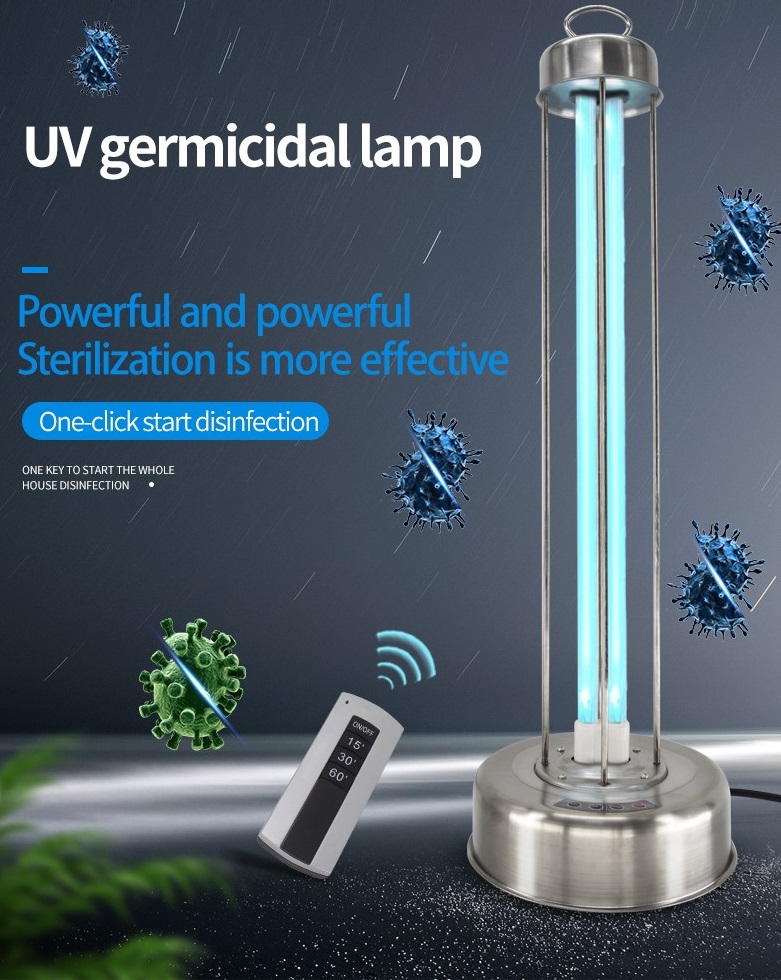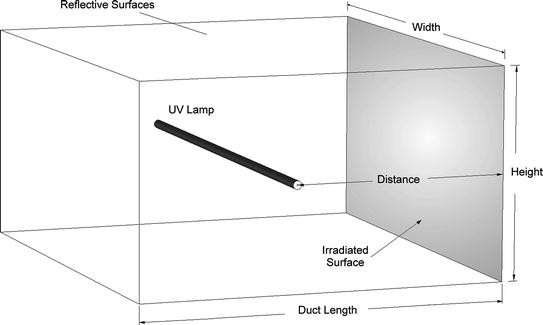UV Sanitation: The Cutting-Edge Technology Changing Sanitation Practices
In the world of cleanliness practices, one innovation has arised as a game-changer: UV disinfection. From healthcare setups to food handling, UV sanitation is making its mark in numerous markets.
How UV Sanitation Works
UV disinfection functions by making use of ultraviolet light to ruin or suspend bacteria, supplying a chemical-free and highly efficient approach of sanitation. This innovation takes advantage of the power of short-wavelength UV-C light, which can harming the DNA and RNA of microorganisms, thus providing them not able to replicate and create damage.
The process starts with the installation of UV disinfection systems, which include UV lights that give off UV-C light. These lamps are tactically put in locations where microbial contamination is a worry, such as water therapy plants, medical facilities, research laboratories, and food handling facilities.
When bacteria are exposed to UV-C light, the photons permeate their cell wall surfaces and reach the DNA and RNA inside. The high-energy UV-C photons interrupt the hereditary material by creating bonds between adjacent nucleotides, leading to the development of thymine dimers. These dimers prevent the bacteria from duplicating, rendering them harmless.
UV disinfection is highly effective versus a broad variety of bacteria, including microorganisms, parasites, and viruses. It is particularly effective against waterborne pathogens like E. coli, Giardia, and Cryptosporidium. UV sanitation is a chemical-free technique, removing the demand for potentially damaging disinfectants and minimizing the danger of damaging disinfection by-products.
Benefits of UV Disinfection
UV sanitation supplies various advantages in the area of hygiene, making it an extremely liked approach for successfully getting rid of unsafe microorganisms. One of the crucial benefits of UV sanitation is its capability to give a chemical-free option. Unlike typical sanitation techniques that depend on chemicals, UV sanitation utilizes ultraviolet light to ruin the DNA of microbes, rendering them incapable to recreate and create infections. This not just eliminates the requirement for potentially damaging chemicals but also lowers the threat of chemical residue on surfaces.

UV disinfection is also highly versatile in its applications. It can be utilized in various setups, including healthcare facilities, schools, food processing centers, and water treatment plants. UV disinfection systems can be easily integrated into existing sanitation practices, providing an added layer of security versus infectious illness.
In enhancement to its effectiveness and versatility, UV sanitation is likewise eco pleasant. It does not create any hazardous results or deposits, making it a sustainable and safe method for hygiene - uv surface disinfection. UV disinfection requires very little upkeep and has a lengthy life expectancy, resulting in price financial savings in the long run.
UV Sanitation in Medical Care Settings
In health care setups, UV disinfection has become a cutting-edge technique for properly eliminating unsafe bacteria. Making use of UV light to decontaminate surface areas and equipment has gained popularity because of its capability to supply an extra layer of defense versus virus. UV disinfection works by discharging ultraviolet light at a particular wavelength that is lethal to microorganisms, viruses, and other microbes. This innovation offers numerous benefits in health care settings.
Firstly, UV disinfection is a non-chemical approach, making it an you could try these out eco-friendly choice compared to conventional sanitation techniques that frequently involve using harsh chemicals. Making use of UV light removes the requirement for chemical disinfectants, decreasing the danger of hazardous deposit or chemical exposure to both patients and medical care workers.
Furthermore, UV sanitation is highly efficient in killing a wide variety of bacteria, consisting of drug-resistant microorganisms such as MRSA and C. difficile. It supplies a constant and trustworthy sanitation procedure, making certain that all surface areas and devices are thoroughly decontaminated, even in hard-to-reach areas.

UV Disinfection in Food Handling
The application of UV sanitation extends past medical care settings and finds significant worth in the realm of food handling. uv surface disinfection. UV disinfection technology is coming to be significantly prominent in the food market because of its capacity to properly eliminate harmful pathogens and improve food safety
One of the main benefits of UV disinfection in food processing is its capability to target a wide variety of microbes, including mold and mildews, microorganisms, and viruses. By utilizing UV light at certain wavelengths, it is possible to disrupt the DNA and RNA of these pathogens, providing them not able to cause or reproduce injury. This modern technology can be put on various stages of the food processing chain, consisting of surface area disinfection, equipment sterilization, and water therapy.
UV sanitation gives a chemical-free and non-thermal method of disinfecting food products. Unlike standard disinfection techniques that count on chemicals or heat, UV technology does not leave any residue or alter the taste, appearance, or nutritional worth of the food. This makes it an excellent service for industries that call for stringent adherence to high quality standards.
Moreover, UV disinfection systems are very easy to run and install, requiring marginal maintenance. They can be integrated into existing handling lines without creating substantial disruptions to the production procedure. Additionally, UV systems have a quick treatment time, permitting continuous review processing and lowering downtime.
The Future of UV Sanitation

One area where UV sanitation is expected to make significant improvements remains in the field of medical care. With the rise of antibiotic-resistant microorganisms and the need for extra reliable disinfection techniques, UV light has the prospective to play a critical function in reducing healthcare-associated infections. UV these details disinfection systems can be made use of to sanitize surface areas, devices, and even the air in healthcare facilities, aiding to avoid the spread of harmful microorganisms and enhance patient safety.
An additional sector that could gain from advancements in UV disinfection technology is the food sector. UV light has actually already confirmed to be an efficient method for decontaminating foodstuff and reducing the risk of foodborne health problems. As modern technology enhances, we can anticipate to see more cost-effective and efficient UV sanitation systems being applied in food processing plants, ensuring that the food we consume is safe and devoid of unsafe microorganisms.
Final Thought
Finally, UV sanitation is a sophisticated modern technology that is changing cleanliness techniques in healthcare setups and food handling. By making use of UV light to kill or deactivate microorganisms, it supplies many advantages such as effectiveness, security, and effectiveness. With recurring advancements in this field, UV disinfection holds terrific potential for the future of sanitation, giving a dependable and lasting service for maintaining tidy and hygienic atmospheres.
UV disinfection is a chemical-free method, removing the need for potentially hazardous disinfectants and lowering the risk of damaging disinfection spin-offs.
Unlike standard disinfection methods that count on chemicals, UV disinfection utilizes ultraviolet light to damage the DNA of bacteria, making them not able to duplicate and cause infections. Unlike standard disinfection methods that depend on chemicals or warmth, UV innovation does not leave any type of residue or modify the taste, appearance, or nutritional worth of the food. As modern technology boosts, we can anticipate to see extra effective and cost-efficient UV disinfection systems being implemented in food handling plants, making sure that the food we consume is secure and cost-free from dangerous germs.
In conclusion, UV disinfection is an innovative technology that is changing cleanliness methods in medical care settings and food handling.